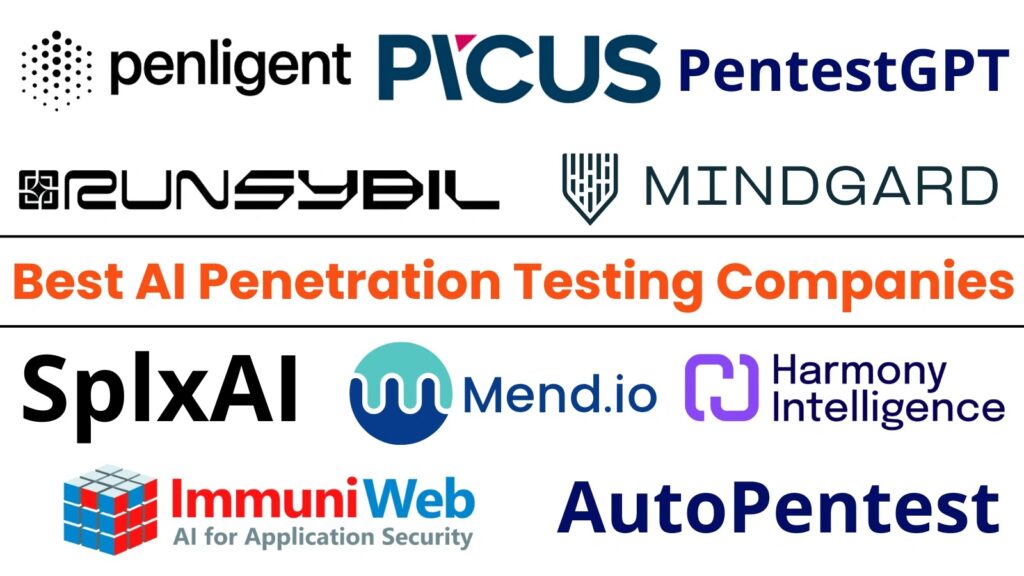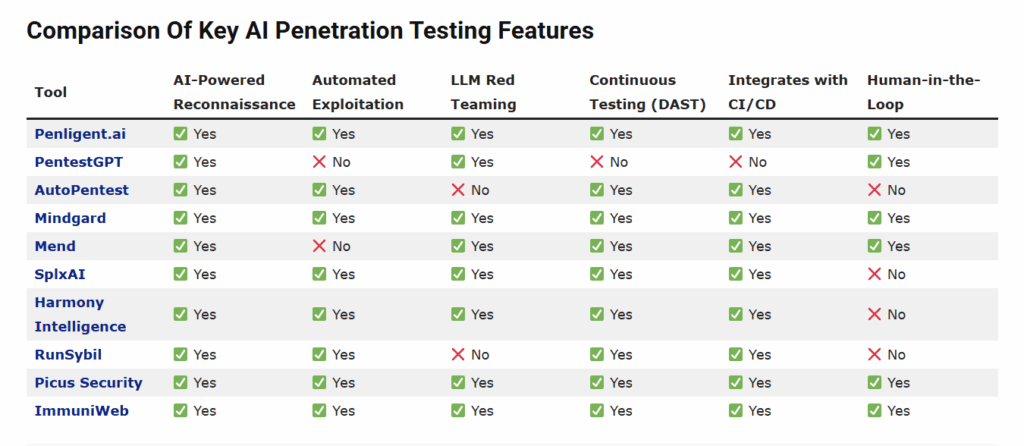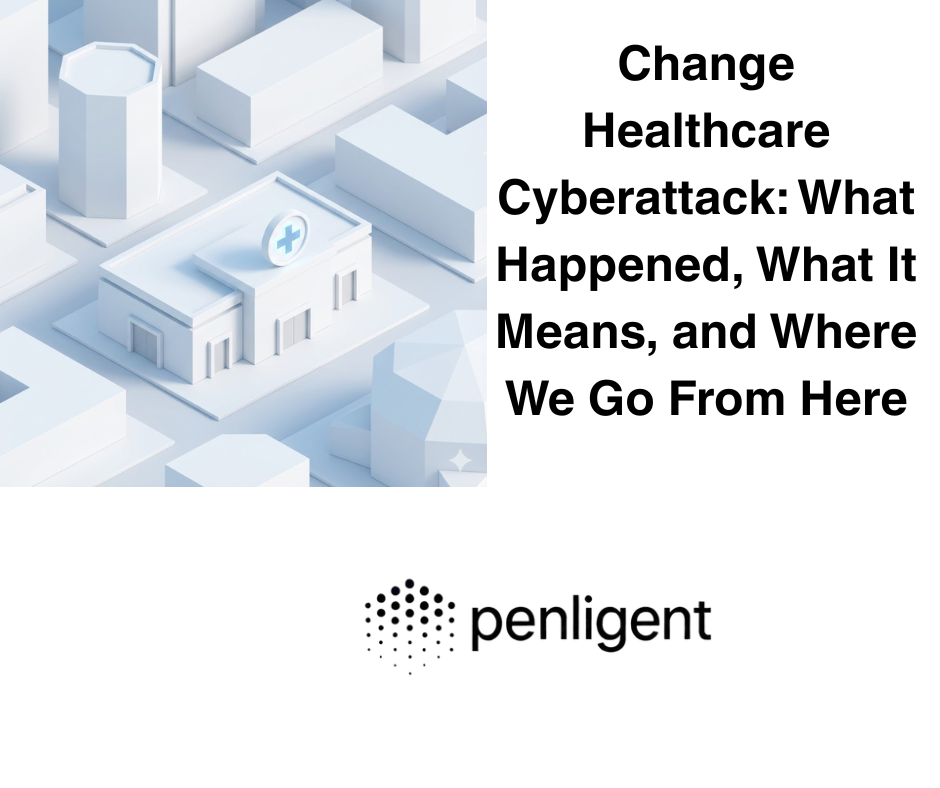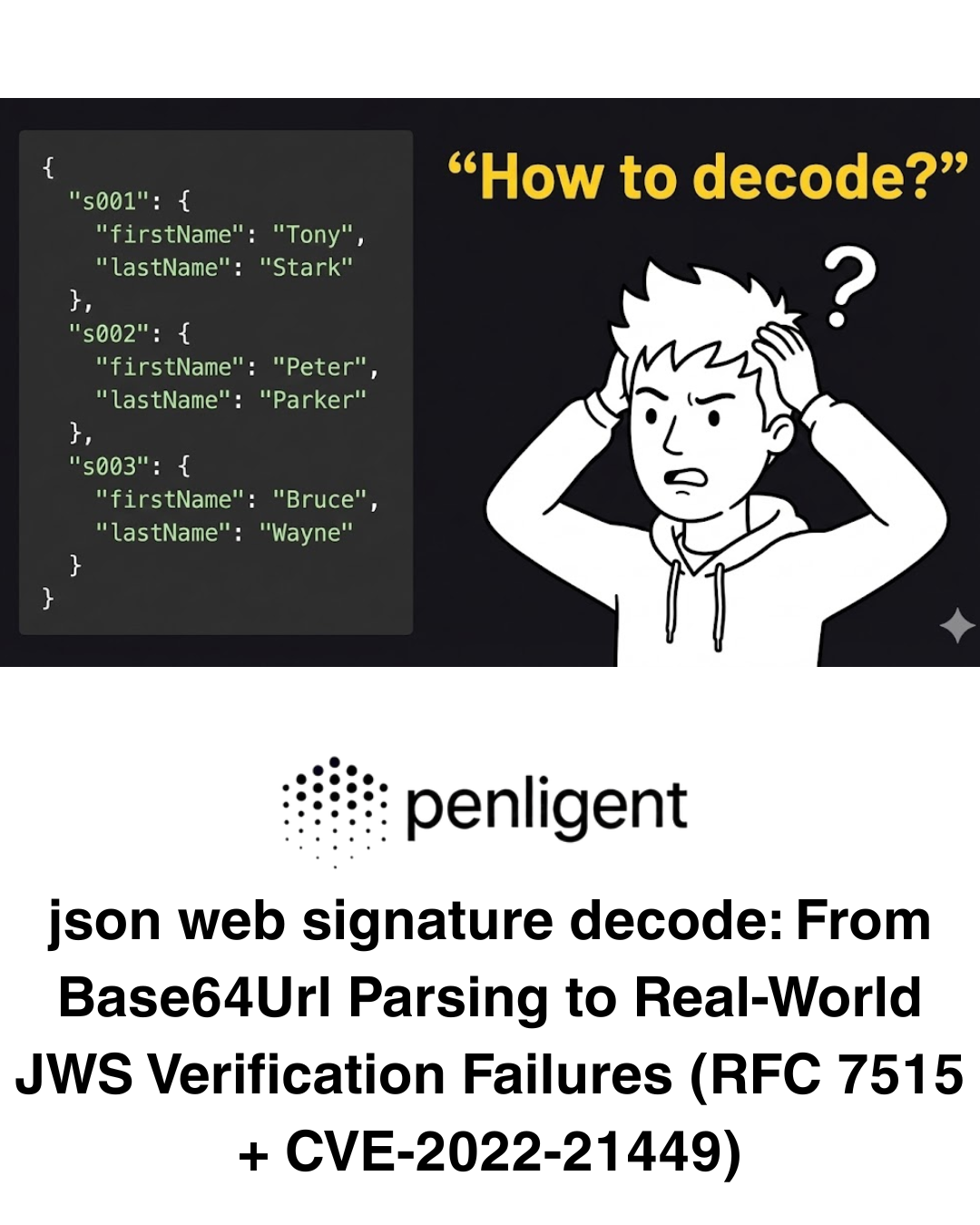In 2025, artificial intelligence has evolved from cutting-edge research into a foundational element of industries ranging from healthcare to finance, powering everything from large language models and fraud detection systems to predictive analytics engines. This integration has brought dramatic improvements in efficiency and capability, but it has also created a vast and intricate new attack surface. Traditional penetration testing, designed to uncover vulnerabilities in networks, servers, and web applications, cannot fully address AI-specific risks such as model poisoning, prompt injection, or adversarial manipulation of neural networks. AI Penetration Testing bridges that gap, using AI-driven methods to discover, exploit, and mitigate vulnerabilities not only in IT infrastructure but within AI models themselves. For U.S. organizations rapidly adopting AI, this type of security validation has shifted from optional to indispensable.

What Is AI भेदन परीक्षण and How It Differs from Traditional Methods
AI Penetration Testing is a specialized branch of cybersecurity focused on identifying weaknesses in AI systems—their data, algorithms, and integration logic. While Automated Penetration Testing Tools for traditional systems target network ports, APIs, and software vulnerabilities, AI penetration testing expands the scope to machine learning pipelines, training datasets, and inference-time behavior. Methods include adversarial inputs that degrade performance or manipulate outputs, probing for bias or data leakage, and exploring how minimal perturbations influence decision-making. Unlike traditional pentesting, which often ends with patching source code, AI-focused testing might require purifying training data, adjusting model architectures, or adding defensive mechanisms such as input sanitization.
Core Features Modern AI Penetration Testing Tools Should Offer
Modern AI penetration testing tools share a core set of advanced capabilities. AI-powered reconnaissance maps both traditional and AI-specific assets. Automated exploitation chains together multiple steps to replicate realistic attack scenarios, such as prompt injection or manipulation of model parameters. LLM red teaming is increasingly important, especially for conversational AI deployments, exposing language model-specific weaknesses. Continuous testing—often through Dynamic Application Security Testing (DAST)—validates every update, deployment, or retraining cycle. Seamless CI/CD integration enables “shift-left” security in development workflows, while human-in-the-loop options combine automation with expert judgment for nuanced threat analysis.
Selection Criteria for the Top AI Penetration Testing Companies
Our selection of the top companies in 2025 was based on innovation, depth of AI-specific coverage, scalability for enterprise and prototype environments, end-to-end automation, and user experience—particularly the clarity of reporting. Innovation could include proprietary AI engines, reinforcement learning, or novel adversarial simulations. Depth ensures the platform isn’t simply repurposing a traditional scanner but truly addresses AI’s unique risks. Scalability allows testing across a full spectrum of deployments, while automation reduces dependency on manual intervention. Clear, actionable reporting ensures decision-makers can respond effectively to findings.

| कंपनी | Security Focus | Main Features | Advantages | Limitations | Best For |
|---|---|---|---|---|---|
| पेनलिजेंट.ai | Fully autonomous AI pentest agent | AI-powered reconnaissance, automated exploitation, LLM red teaming, continuous DAST, CI/CD integration, human-in-the-loop | Mimics hacker intuition, scalable for complex networks, full-stack AI coverage | Higher learning curve, potential false positives | Enterprises seeking continuous, fully automated validation |
| PentestGPT | AI assistant for human testers | Context-aware guidance, payload generation, output parsing; open-source | Increases productivity, ideal for training, non-intrusive | Not autonomous, depends on LLM API, no DAST | Pentesters augmenting manual workflows |
| AutoPentest | DRL-based research framework | Automated recon & exploitation using DRL; integrates Nmap/Metasploit | Academic innovation, customizable | Requires strong tech skills, not commercial-ready | Researchers, academics, advanced practitioners |
| Mindgard | AI-native security | DAST-AI continuous testing, AI red team, CI/CD integration | Focused on AI-specific vulnerabilities | No traditional network/app pentest | AI dev teams securing models |
| Mend | Unified app + AI security | AI-powered code scan, conversational AI testing, SBOM compliance | Covers traditional & AI risks together | Less AI-specialized than pure-play | DevSecOps teams needing all-in-one coverage |
| SplxAI | GenAI-focused red teaming | Prompt injection detection, leakage prevention, multilingual support | Real-time monitoring, CI/CD, global reach | Limited beyond LLM | Global GenAI app deployments |
| Harmony Intelligence | Full-stack AI-driven offensive security | Automated scanning, real-time monitoring, self-learning | 24/7 protection, minimal manual effort | Less creative than human red teams | SMEs & enterprises automating security |
| RunSybil | Fast AI-driven pentest | Rapid setup, transparent reporting, attack replay | Speed + accuracy, user-friendly | Fully automated, limited customization | Startups & regulated industries |
| Picus Security | Control validation + AI insights | Continuous BAS, prioritized mitigation via Numi AI | Measures effectiveness, actionable insights | Focused on validation, not unknowns | Enterprises validating defenses |
| ImmuniWeb | Hybrid AI + human expertise | AI scanning, human validation, CI/CD, zero false positives SLA | High accuracy, compliance-ready | Less autonomous, higher cost | Regulated industries needing precision |
How to Choose the Right AI Penetration Testing Partner
Select a partner based on your AI usage, compliance obligations, and deployment velocity. If conversational AI dominates your stack, prioritize deep LLM red teaming. For critical infrastructure integrations, continuous monitoring is key. Evaluate integration compatibility, update frequency for vulnerability databases, and vendor support quality. Look beyond licensing costs to include time savings and risk reduction benefits.
निष्कर्ष
AI is reshaping technology, but without proactive testing, innovation can quickly become vulnerability. The companies here represent the forefront of AI penetration testing—offering distinct strengths to suit different needs. Investing now ensures trust, compliance, and resilience as threats evolve.


